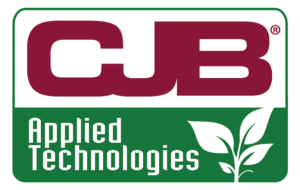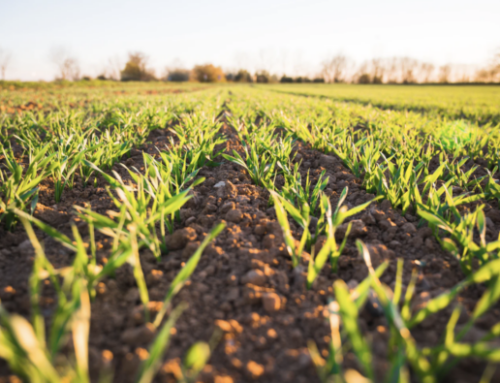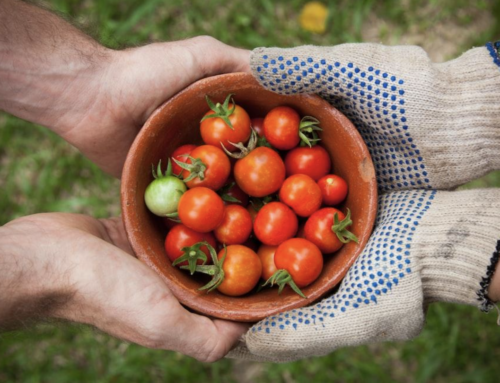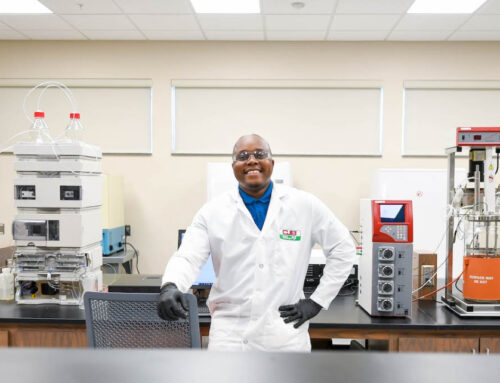
When it comes to formulation development in agriculture, you can’t take a one-size-fits-all approach.
You need to choose the formulation type that’s best suited for your application’s purpose.
Here are some of the different formulation types we develop at CJB Applied Technologies and how they fit into agricultural applications.
What Formulation Types Does CJB Applied Technologies Develop?
Our team has used a variety of formulation types to create hundreds of products for our customers. Here are some of CJB Applied Technologies’ areas of expertise.
Wettable Powders (WP)
Wettable powders (WP) consist of an active ingredient and other constituents in a finely ground powder state that’s generally mixed with water to form a suspension in a spray tank.
Water-Dispersible Granules (WDG)
Water-dispersible granules (WDG) are WP-like formulations that have been compressed or formed into dust-free, granule-sized particles. These are sometimes called dry flowables (DF) or extruded granules depending on the technologies that are used to form the granule.
Emulsifiable Concentrates (EC)
Emulsifiable concentrates (EC) typically consist of an active ingredient dissolved in a non-water solvent and other ingredients such as an emulsifier.
Suspension Concentrates (SC)
Suspension concentrates (SC) contain tiny particles of the active ingredient, milled to reduce the average particle size, and suspended in water. Other ingredients are added for functionality and performance.
Suspo-Emulsions
Suspo-emulsions consist of at least two active ingredients. One active ingredient is a liquid in stable emulsion with the liquid diluent. The second active ingredient is in the form of tiny particles suspended in the emulsion.
Impregnated Granules
Impregnated granules consist of liquid active ingredients applied to inert, carrier granules and then dried.
Stabilized Emulsions (SE)
Stabilized emulsions are mixtures of droplets of one liquid in another liquid where the size and dispersion of droplets do not change over time.
Soluble Liquids
Soluble liquids are typically water-based products that contain a dissolved active ingredient.
Oil Dispersions
Oil dispersions consist of tiny solid particles of the active ingredient suspended in an oil, plus emulsifiers that help the product mix with water for spray application.
Soluble Powders & Granules
Soluble powders and granules consist of water-soluble active ingredient(s) in the form of a dry powder or granule that wet quickly into water and dissolve.
Baits
Baits contain an active ingredient mixed with food or another attractant substance.
How Do You Know Which Formulation Type Fits an Agricultural Application?
You have to consider many factors when determining which formulation type is best suited for your agricultural application.
Depending on the factors and variables you’re dealing with, one type of formulation is going to be better than another to achieve your goal.
Here are some questions to consider when choosing a formulation type.
- What is your target crop? (e.g., are you treating soybeans, corn, cotton, tomatoes, potatoes, etc.?)
- What is your target pest? (e.g., weeds, insects, fungus, bacteria, etc.?)
- What is the typical application equipment in the geography and crop?
- What are your manufacturing availabilities? Are you only able to make a liquid product, or can you also make a dry product?
- What is your target cost? Will you be able to afford a more expensive formulation technology if it’s necessary for the application?
- What are the chemical requirements of your active ingredient? Does your active ingredient have to be emulsified in a petroleum-type environment, or can it be mixed with water?
- What other chemicals can be formulated with your active ingredient? Do you need formulation functionality such as spreading, sticking, and penetrating?
- Will the formulation be applied in a tank mix with other products? In water or fertilizer?
How Can CJB Applied Technologies Help Develop My Formulation?
The team at CJB Applied Technologies has decades of experience in developing many different formulation types for agricultural applications.
Our scientists have expert knowledge in formulation development. The team is equipped with the tools and technology to produce a variety of formulation types in a lab environment. Our experts are also able to use our pilot plant resources to scale up and reduce the risk inherent in lab to commercial-scale production.
With this wide range of capabilities, CJB Applied Technologies meets the needs of our customers by developing formulas for products that are ideal for the chemistry, crop, pest, and multiple variables impacting formulation performance.
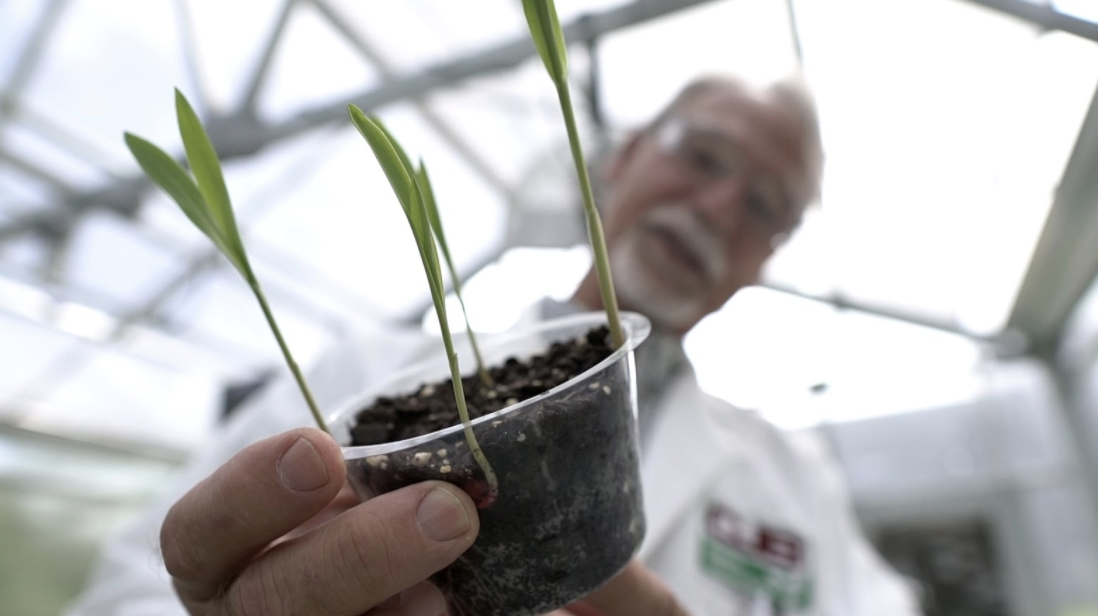
How Formulation Types Fit Into Agricultural Applications
Now you know many of the different types of formulations CJB Applied Technologies develops and what to consider when selecting the ideal formulation technology for your application.
By defining the targets, goals, and objectives of a pest application and by knowing the benefit of each formulation type, working with an external formulation chemist can help you determine the best formulation type for your application.
CJB Applied Technologies offers contract development, scale-up/pilot plant production, and consulting/product recovery services. Contact us today and let’s get to work on your project!
